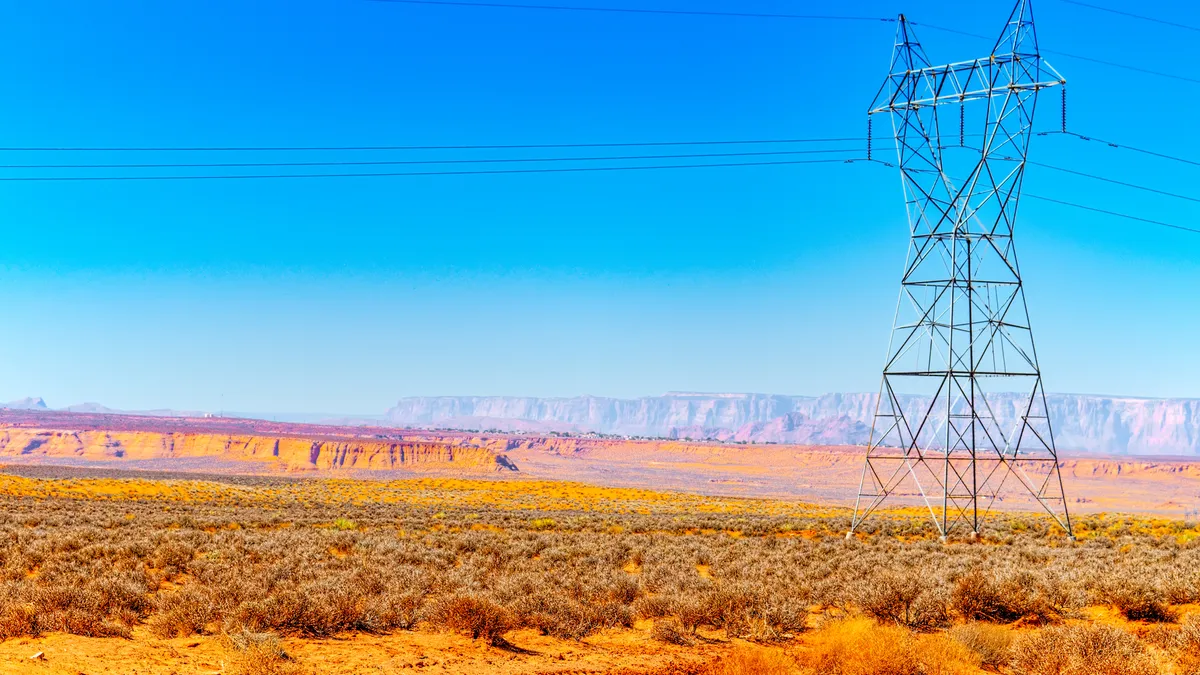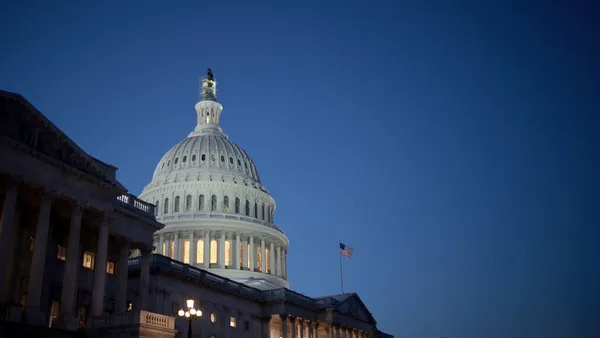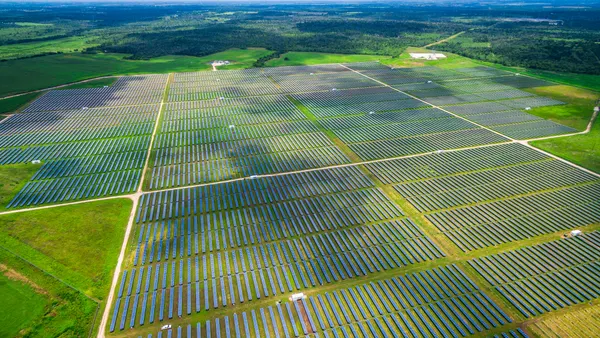Dive Brief:
-
A total of 79% of U.S. rooftops have enough unshaded surface for solar panels, according to new analysis from Google.
-
The technology company’s analysis found solar is viable for 90% of homes in Hawaii, Arizona, Nevada and New Mexico while solar would be viable for about 60% of homes in states like Pennsylvania, Maine and Minnesota.
-
Houston has the most solar potential of any U.S. city, followed closely by Los Angeles, Phoenix, San Antonio and New York, according to Google.
Dive Insight:
Since 2015, Google has been analyzing data from its Google maps and Google Earth services to calculate the potential for rooftop solar.
The technology company uses 3D modeling and machine learning, combined with weather pattern and annual sun position data, to calculate rooftop solar potential.
Google says the data from its Project Sunroof suggests that if the top 10 U.S. cities for solar potential were to use their maximum rooftop solar potential, they would produce enough energy to power eight million US. homes each year. The aim of Project Sunroof is “to get data into the hands of people thinking about solar, and who are making decisions about solar,” Project Sunroof manager Joel Conkling told Greentech Media.
But while 79% of rooftops could support solar arrays, declining incentives and policy battles over solar rates have slowed down growth. Hawaii and Arizona, both top states for distributed solar, eliminated their retail rate net metering policies—a policy compensating rooftop solar users for their excess energy — within the past two years.
While Arizona's decision is the most recent, Hawaii's solar industry reported job losses and sluggish growth over 2016. Nevada also gutted its net metering policy in late 2015, leading top rooftop solar installers like Sunrun and SolarCity to exit the state. Nevada regulators at the end of 2016 did backtrack a little bit, partially restoring full retail net metering to Sierra Pacific Power's service territory.
Similar policy battles are occurring in more nascent markets, like Maine and New Hampshire. It remains to be seen how states will react to compensating rooftop solar in 2017 and these discussions impact the growth of rooftop solar.













